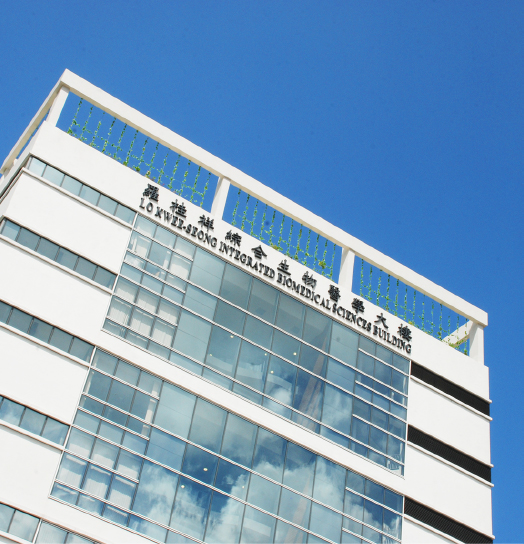
Medical Faculty Supports Energy Conservation Plan
The University has taken measures to reduce its carbon footprint since the late 1990s. It has also committed in its Campus Master Plan to reduce energy consumption per capita by 25% between 2005 and 2025. Its latest initiative is a pilot incentive scheme under the Energy Conservation Plan that targets energy reduction in 23 buildings.
Buildings with the Largest Carbon Footprint
The 23 selected buildings include 10 with the highest energy usage levels. Together they represent over 60 per cent of the University's total electricity consumption and involve over 80 departments and offices. A Working Group on Building Energy Conservation is or will be set up for each building, which discusses with the Campus Planning and Sustainability Office (CPSO), the Estates Management Office (EMO), the Campus Development office (CDO), the Safety Office, and other relevant administrative units at the University. Then with the assistance of the EMO, the buildings' appointed Energy Wardens identify the scope and possible areas for energy saving, share good practices, and draw up viable savings plans for implementation.
Research-heavy Medical Buildings
The Faculty of Medicine, which lays claim to three of the 23, is one of the first Faculties to set up a working group to implement energy saving plans. It has also been very supportive of the plan. The three buildings are the Lo Kwee Seong Integrated Biomedical Sciences Building in Area 39, Li Ka Shing Medical Sciences Building at the Prince of Wales Hospital and the Choh-Ming Li Basic Medical Sciences Building on central campus. The first two buildings are home to many research laboratories where live samples and state-of-the-art equipment have to be kept at low to ultra-low temperatures at all times. In particular, the Lo Kwee Seong Building which tops the list, and the Li Ka Shing Medical Sciences Building are almost entirely dedicated to research. The last building is mainly dedicated to teaching functions.
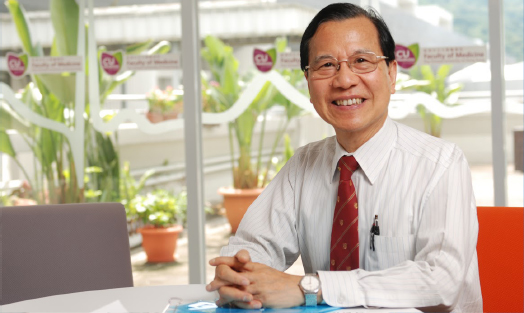
Professor Fung Kwok-pui, convener of the Faculty's Energy Conservation Committee, said, 'The whole exercise is an excellent example of collaboration among University administration, Faculty administration, and end users,' he observed. 'The Committee met with the relevant University units to discuss policy and direction; the measures are carried by the task force of each of the three buildings. The task force comprises administrators, staff and student representatives from among the end users, scientific officers, and technical professionals. We all meet frequently to work out feasible solutions that benefit all parties involved. But whatever we do, safety, and the quality of our research and teaching, always come first. This goes without saying.'
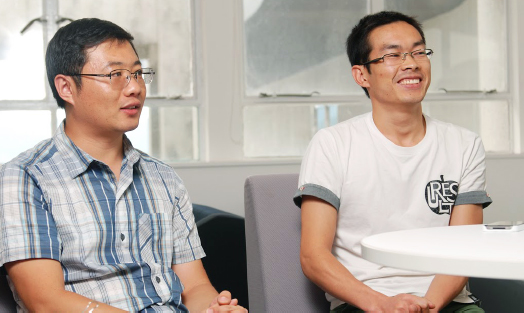
Energy Audit and Recommendations
All three buildings were given an energy audit by the EMO which then made recommendations on how the users could save energy. For example, general laboratories that do not contain highly sensitive equipment may have their temperatures adjusted upwards slightly. Only some lifts are kept running, and on limited hours, at the weekends and during holidays. Lights in communal and certain multipurpose areas are fitted with motion sensors, and where illumination is found to be excessive, it is adjusted.
Mr. Charles Cheung of the task force of the Choh-Ming Li Basic Medical Sciences Building, said, 'Air-conditioning is the main source of energy consumption in this building. We're working on a plan to fit our chillers with sensors so their temperatures can be raised during the night.'
Mr. Eugene Wong of the task force of the Lo Kwee Seong Building, said, 'We have some highly energy consuming equipment, such as deep freezers that need to be kept at -86C, at all times. We have now provided communal deep freezers to be shared between research groups so we don't need as many freezers. We also have 42 fume hoods that expel fumes through 10 massive exhaust fans on the rooftop 24 hours a day. After discussing with the University, we came up with a solution to lower the speed of the fans at night. According to test results, this could lower energy consumption by 2.5% monthly.'
The Energy Wardens also carry out user education such as reminding them to power off equipment that are not in use, instead of keeping them in standby mode.
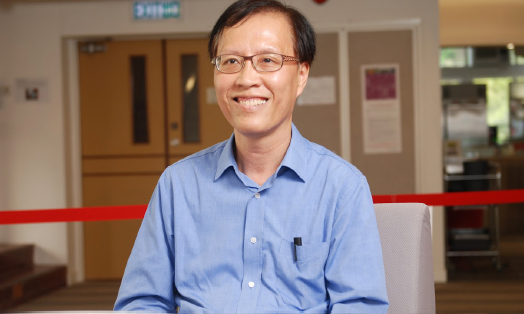
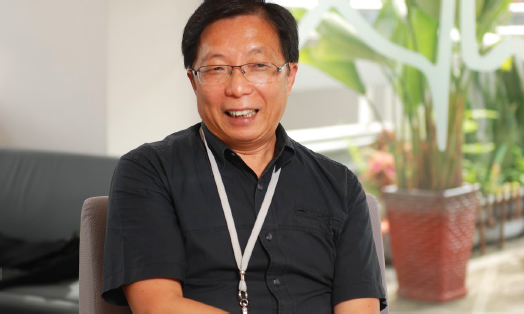
Student Users
Jason Wang Yubing and Andrew Wang Zhu are the president and the energy officer respectively of the Postgraduate Student Association of the School of Biomedical Sciences. 'Peer education is carried out in three main ways. We add the theme of energy conservation to student activities like photography outings and sports meetings. Some professors show us how to maintain proper, eco-friendly lab behaviour during classes, which is very useful. We also organize competitions among the various floors and the one saving the most energy gets a prize,' explained Andrew. 'We also cleared out some samples kept in our labs by students who have graduated--some a long time ago,' said Jason. Both agree that the key lies in changing mindsets and lab habits.
Incentive and Penalty
The pilot incentive scheme under the Energy Conservation Plan comprises two phases. If a user unit succeeds in lowering energy use by over 4% in the first phase, 80% of the money saved will be given to the Faculty for research. The same applies to the second phase if over 8 % is saved. A penalty also exists in the second phase – if the user fails to meet the 8% target, half of the amount exceeding the target will be shouldered by the user, with a 4% cap.


